Skip to content
Share
Explore
Joins
Queries


A. INNER JOIN
Note: We can also write JOIN instead of INNER JOIN. JOIN is same as INNER JOIN.
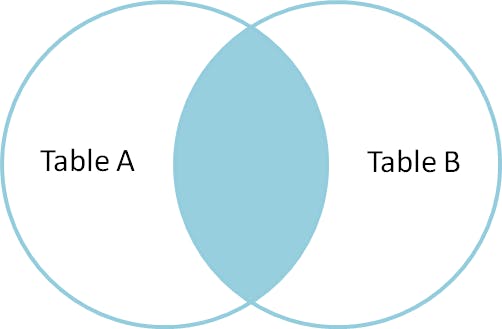

B. LEFT JOIN
Note: We can also use LEFT OUTER JOIN instead of LEFT JOIN, both are the same.
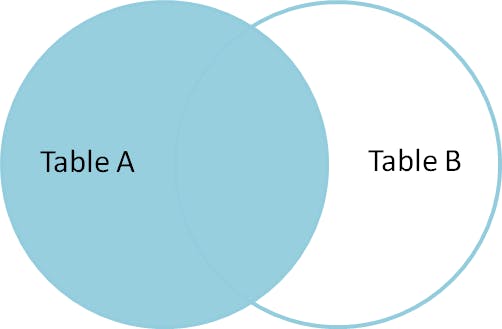
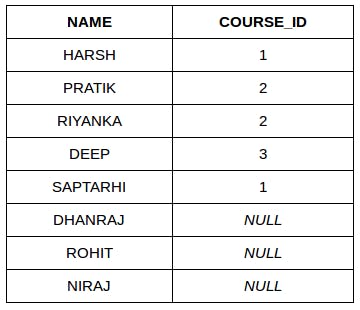
C. RIGHT JOIN
Note: We can also use RIGHT OUTER JOIN instead of RIGHT JOIN, both are the same.
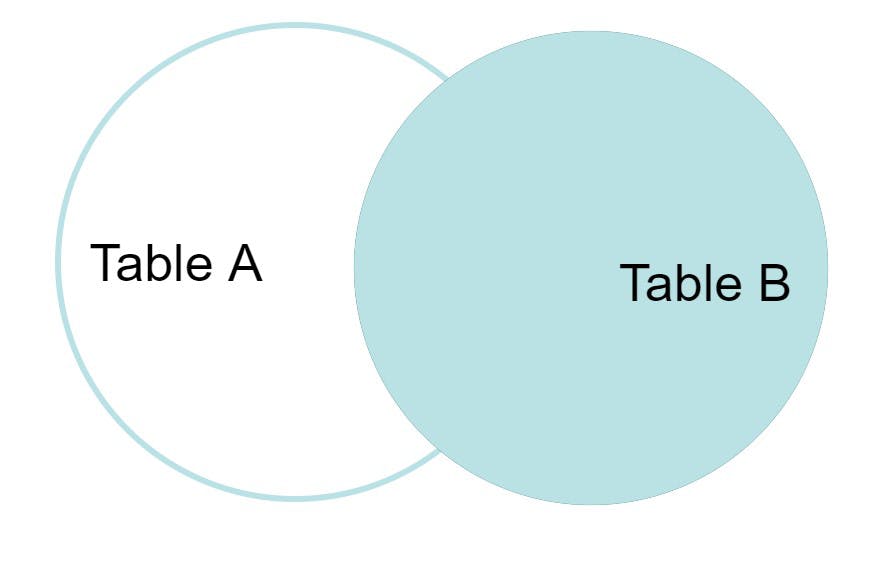
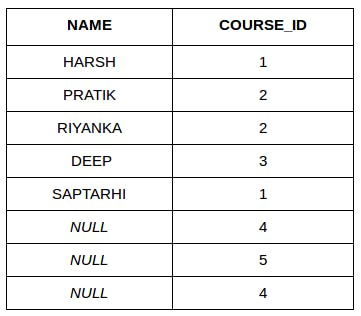
D. FULL JOIN
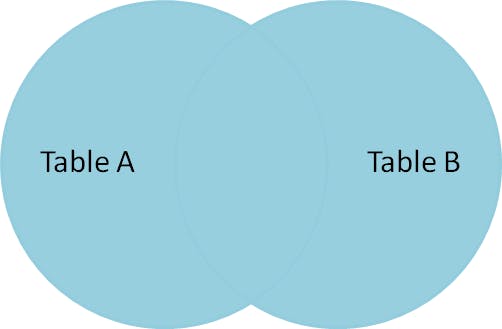
Table 1
NAME
COURSE_ID
NAME
COURSE_ID
1
HARSH
1
2
PRATIK
2
3
RIYANKA
2
4
DEEP
3
5
SAPTARHI
1
6
DHANRAJ
NULL
7
ROHIT
NULL
8
NIRAJ
NULL
9
NULL
4
10
NULL
5
11
NULL
4
There are no rows in this table
Want to print your doc?
This is not the way.
This is not the way.

Try clicking the ⋯ next to your doc name or using a keyboard shortcut (
CtrlP
) instead.